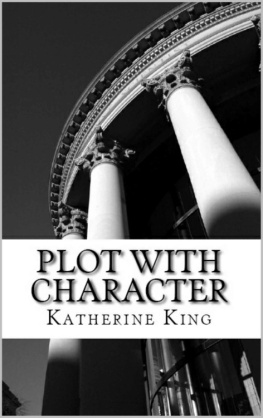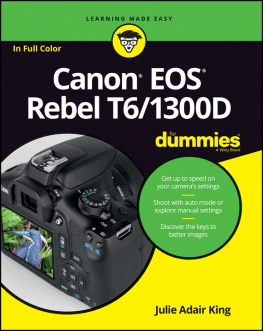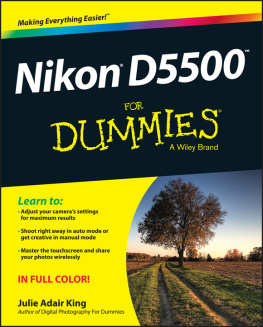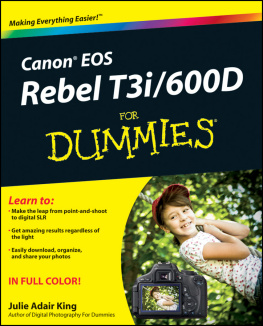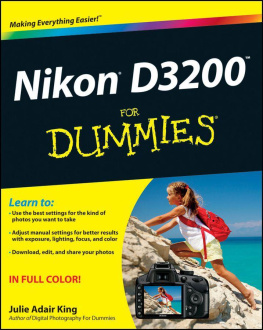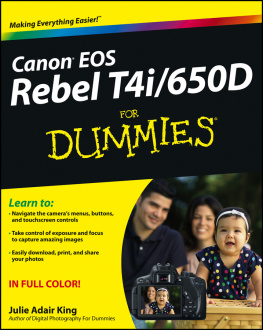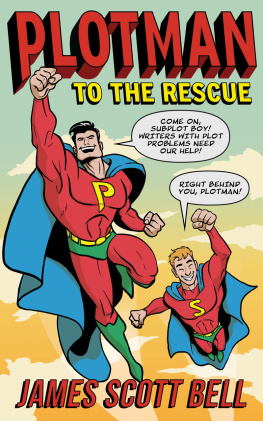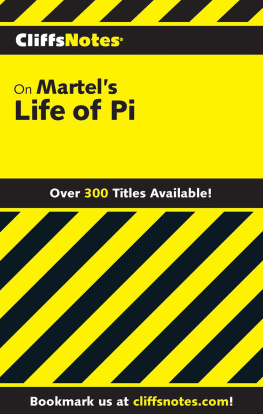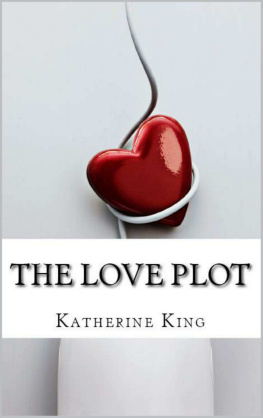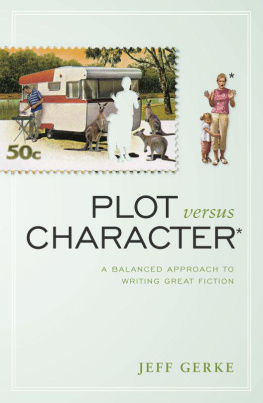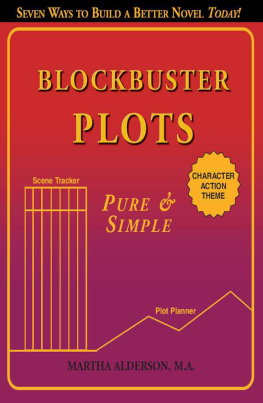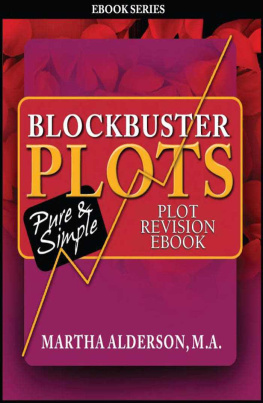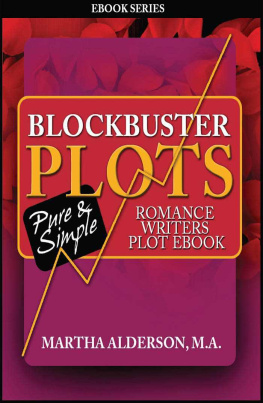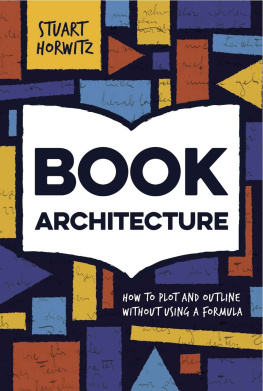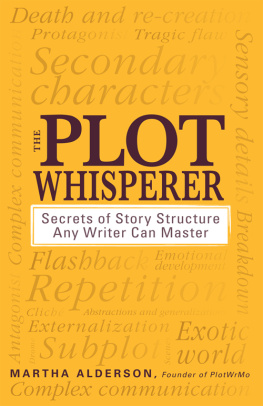King - Plot with Character: How to Plot Your Novel and Achieve Character Arc in 40 Scenes
Here you can read online King - Plot with Character: How to Plot Your Novel and Achieve Character Arc in 40 Scenes full text of the book (entire story) in english for free. Download pdf and epub, get meaning, cover and reviews about this ebook. year: 2015, genre: Children. Description of the work, (preface) as well as reviews are available. Best literature library LitArk.com created for fans of good reading and offers a wide selection of genres:
Romance novel
Science fiction
Adventure
Detective
Science
History
Home and family
Prose
Art
Politics
Computer
Non-fiction
Religion
Business
Children
Humor
Choose a favorite category and find really read worthwhile books. Enjoy immersion in the world of imagination, feel the emotions of the characters or learn something new for yourself, make an fascinating discovery.
Plot with Character: How to Plot Your Novel and Achieve Character Arc in 40 Scenes: summary, description and annotation
We offer to read an annotation, description, summary or preface (depends on what the author of the book "Plot with Character: How to Plot Your Novel and Achieve Character Arc in 40 Scenes" wrote himself). If you haven't found the necessary information about the book — write in the comments, we will try to find it.
King: author's other books
Who wrote Plot with Character: How to Plot Your Novel and Achieve Character Arc in 40 Scenes? Find out the surname, the name of the author of the book and a list of all author's works by series.
Plot with Character: How to Plot Your Novel and Achieve Character Arc in 40 Scenes — read online for free the complete book (whole text) full work
Below is the text of the book, divided by pages. System saving the place of the last page read, allows you to conveniently read the book "Plot with Character: How to Plot Your Novel and Achieve Character Arc in 40 Scenes" online for free, without having to search again every time where you left off. Put a bookmark, and you can go to the page where you finished reading at any time.
Font size:
Interval:
Bookmark:
PLOT WITH CHARACTER
HOW TO PLOT YOUR NOVEL AND ACHIEVE CHARACTER ARC IN 40 SCENES
Katherine King
Copyright2014 by Katherine King
Table of Contents
Introduction
Much argument has covered the issue of what drives a story. Is it character? Is it plot? The debate rages. Heck, there's even debate over what a story is, what plot is. (Picture a smiling Bill Clinton answering the inquiry of what plot is by noting it depends on the definition of "is.") Yes, plotting your story idea and fleshing out your character can be overwhelming tasks, both to beginners and to those who have been writing for a while. But it doesn't have to be.
I say that plot and character are connected, insomuch that they should not be viewed as separate pieces of the story puzzle. Rather, they should be conjured together into a whole, a connected series of steps that consider both the storyline (what happens) and the character arc (who changes and why). You can't have one without the other. They are interdependent--like lungs and air are to breathing, so are plot and character to a story.
There is a way to plan for both. That is what this book offers you. A plan. And it does it briefly without the extraneous verbiage. And it gives it to you in an accessible form.
What does a writer need when creating plot? Ideas? Yes. In spades. Time? Yes. Plenty of it. Organization? Absolutely. Ideas, you get them. Time, you can find it. Organization, well, that piece of the writing puzzle can be tricky. Especially if, like me, you are organizationally-challenged.
A writer needs organization. This book offers you that organization in an easy-to-use and easy-to-understand format. A fill-in-the-blank format that gets your ideas down and organized in an optimal order for plotting a novel with character arc from start to finish. This workbook simultaneously offers character work with an added character sheet at the end for further delving. Together these worksheets offer a complete view of your novel--plot and character.
From here you can skip directly to the worksheets. Plot and structure haven't really changed since Aristotle. We've all heard of these elements I'm discussing. Plot points, pinch points, hook, inciting incident--sometimes they are called different things, but the basics remain the same. The worksheets, however, are new and different and effective.
If you have ever studied plot (plot points, acts, structure, etc.) in any depth, you can bypass the next few chapters and hit the slopes of the working worksheet. If you need a refresher, visit the brief overviews in chapters one through four. Basics outlined without frills. For further instruction on individual elements of plot, story, character development, or general writing needs, see the resources listed below and at the end of the book. Those same resources are those which have shaped my writing, plotting, editing, and teaching. I have synthesized what I found to be the best of all I have read and studied and analyzed and taught. And I present that to you here.
For your further edification I suggest you purchase the following if you are not in possession of copies already.
Story by Robert McKee
Screenplay by Syd Field
The Hero with a Thousand Faces by Joseph Campbell
The Writer's Journey by Christopher Vogler
Story Engineering by Larry Brooks
Please Understand Me II by David Keirsey
And .... a psychology textbook.
If you need more in-depth study on the various elements that make up the art of writing and plotting, please see the above and my other works.
Otherwise, this simple tome can get you from chapter one to "the end" in 40 scenes. Best wishes on your writing journey. Metaphors be with you, and may you always plot with character.
Chapter One
Breaking Down Plot
Plot in its simplest form follows the three act structure. Act I, Act II, Act III. Beginning, Middle, End. Three Acts. However, when you consider how your plot is spent, your book has four parts, of roughly equal length, because Act II is a two-parter. Now, your story may not hit a mark exactly, but the guideline break-down looks like this:
ACT I |ACT II first half | ACT II second half| ACT III
25% |25% | 25%| 25%
Or Plot Looks Like This:
THE SWEET SIXTEEN-- There are 16 vital pieces/scenes to nail, 4 per Act.
Act I
1. Opening Image
2. Hook
3. Inciting Incident
4. Plot Point One
Act II
5. Response to Plot Point One
6. Pinch Point One
7. Response to the Pinch Point
8. Midpoint
9. Response to the Midpoint
10. Pinch Point Two
11. Response to the Pinch Point
12. All Hope Is Lost
Act III
13. Plot Point Two
14. Response to Plot Point Two
15. Resolution
16. Closing Image
IN DETAIL:
ACT I--SETUP
PART 1, SETUP
Opening Image (first page) This image can offer theme, symbol, metaphor. It pertains to the story at hand. Can foreshadow what will follow.
Hook (within first few scenes/pages) This is something that makes us want to read on to find out what is going on. Raises questions, intrigues, keeps us there for more.
Introduce character, get back story, details, see the everyday world.
Inciting Incident (should occur within the first few chapters) Starts the story ball rolling. Hero gets a call to action.
He refuses (optional), meets with an advisor, considers, then accepts that he is committed to the new goal of the quest presented.
Plot Point One (Happens at the 25% mark, at 1/4 of the way into the story).This scene is a game changer. It alters the story and the hero's quest. New quest starts.
ACT II--CONFRONTATION
PART 2, CONFRONTATION AS REACTION
Hero Reacts to Plot Point One He can cry, freak out, walk around trying to get out of it, avoid it, try to plan, find friends, etc.
Pinch Point One About halfway into Part 2 we get to see the opposing force (antagonist) in all its glory. Feel the power and understand the trouble coming.
Hero reacts to Pinch Point.
Midpoint (happens in the middle of the book/story, at 50% mark) Another plot point milestone that changes things again in the story. This one is contextually significant--alters the story trajectory. It has a lasting effect on the character's inner journey.
ACT II--CONFRONTATION
PART 3, CONFRONTATION AS ACTION
Hero Reacts to Midpoint
Pinch Point Two About halfway into Part 3 another reminder of the opposing force's nature and ability to annihilate the hero needs to occur. Shows how evil, how big, how difficult to overcome.
Hero reacts to Pinch Point
All Hope Is Lost This is the moment that the character experiences a black moment of defeat. Nothing is good. He gives up. (In romance, literally The Black Moment.)
ACT III--RESOLUTION
PART 4--RESOLUTION
Plot Point Two (occurs at the 75% mark) Another big event of change. Last piece of puzzle/information enters the story and gives us a final understanding of what is and what is not and what will be. Game changer for the last time.
Hero reacts to Plot Point Two
Resolution The rest of the story is the hero taking on the antagonist, solving the problem one way or another.
Closing Image This image is the mirror image of the Opening Image. It almost re-hooks the reader. It can, and probably should, be a hook if you are planning a sequel. Otherwise, it reinforces the theme of the book and makes readers want another story. One hopes.
These are the crucial scenes within your novel. To properly flesh out a 50,000 word + novel, you need connective tissue, connective scenes in between these pillar scenes (pillars of scenes) that I've listed. That's where the worksheet(s) comes in. In CHAPTER FIVE I filled in the blanks for you in the worksheet with possible scenes. You must have the vital scenes above for your story to make sense. You need about 40 scenes total to have a viable novel that tells a complete and engaging story. You can go shorter, but in today's market, 50k is cutting it short. Speaking to the reverse of that, more than 120,000 words is difficult to sell as well.
Next pageFont size:
Interval:
Bookmark:
Similar books «Plot with Character: How to Plot Your Novel and Achieve Character Arc in 40 Scenes»
Look at similar books to Plot with Character: How to Plot Your Novel and Achieve Character Arc in 40 Scenes. We have selected literature similar in name and meaning in the hope of providing readers with more options to find new, interesting, not yet read works.
Discussion, reviews of the book Plot with Character: How to Plot Your Novel and Achieve Character Arc in 40 Scenes and just readers' own opinions. Leave your comments, write what you think about the work, its meaning or the main characters. Specify what exactly you liked and what you didn't like, and why you think so.

